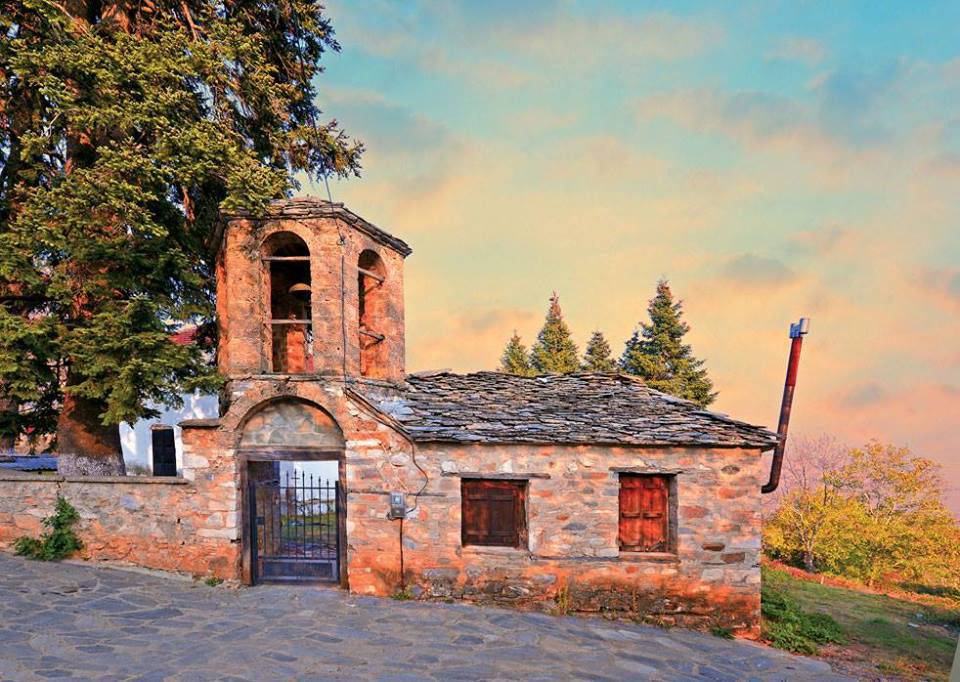
VAELA HOTEL IN THE OLD VILLAGE OF ELATOCHORI
Our hidden treasure in the grove surrounding Old Elatochori gazes towards the peaks of Olympus and the seaside of Pieria.
Old Elatochori is a picturesque highland settlement on the eastern side of the sierra “Pieria Ori”. It consists of two settlements, the new and the old one, in which a remarkable historic building is preserved until now: the Church of Agios Nikolaos. Dating back to the middle of the 17th century, it is deemed to be a monument of particular historical value. At the central square of the new village stands also the Folklore Museum of Elatochori. Around the area you will find delicious traditional confectionery, as well as black pig’s viands in Exochi and traditional sausages in Vria.
Your visit to Pieria could not omit an extensive tasting of local products and wines, as well as the distinct traditional Macedonian cuisine, which are taking place in a festive mood every year in Elatochori, transforming the village into a hive of activity and hosting cultural and gastronomic events such as the wine and beer festival and the so-called “Mushrooms Days”.
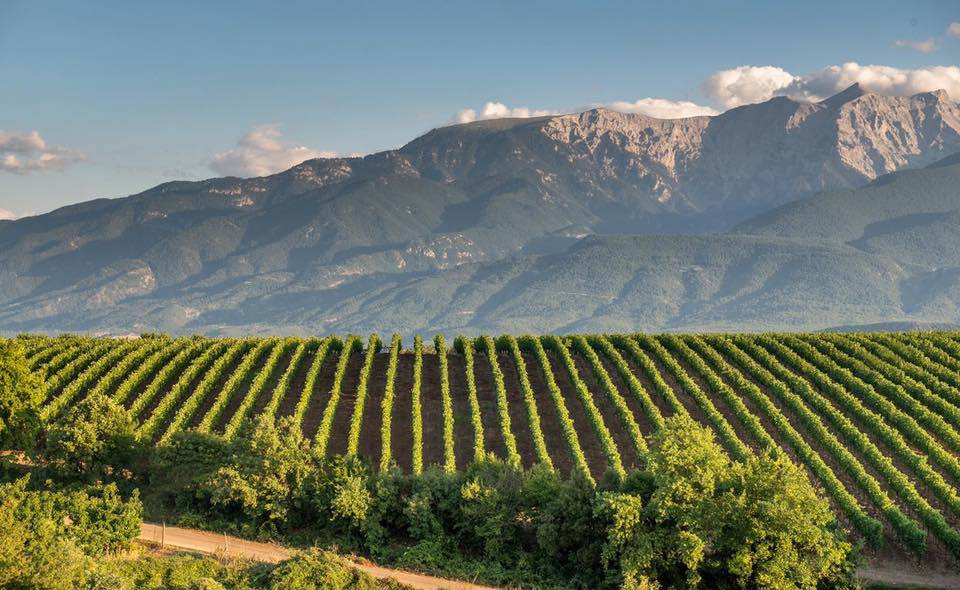
PIERIA
The name “Pieria” comes from the ancient race and land of Pieris. The area hosts plenty of sites of archaeological interest such as Dion, Pydna, Paliambela of Kolindros and Platamon. Pieria is also homeland of Orpheus, Muses and the 12 Gods of Olympus.
Pieria is one of the largest sections of the Northern Greece’s Wine Roads. The region hosts a number of top wineries, a trend that grows and becomes world-class and recognizable. According to the local producers, its recognition as well as the exports of its wines is consistently on the rise. Typical winemakers representing Pieria’s wineries, some of which do facilitate visits and tours during open hours to their facilities, are the following:
Kourtis Estate - Oinovion in Rachi Petras (tour offering), Oinambelos Kolindros - Pieria Estate Eratini in Kolindros (tour offering), Kitros Garypidis - Kitros Pindas / Kolindros, Papayannoulis Winery - Neo Keramidi, Mythic Mountain Estate - Litochoro Stamatis Family, Adamou Cellar - Kitros Pydna / Kolindros
Chrysostomou Estate, Chrysostomou Bros - Kitros Pydna / Kolindrou
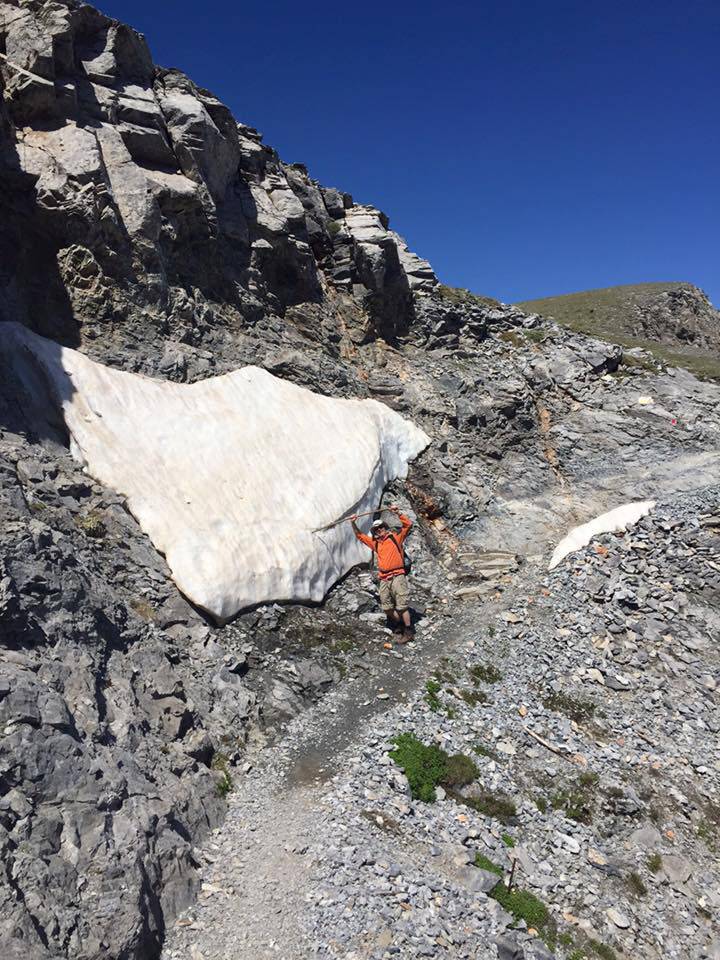
OLYMPUS
Olympus is the highest mountain in Greece, with its highest peak, Mytikas, reaching 2.917 meters. The mountain is worldwide known as, according to Greek mythology, it was inhabited by the 12 “Olympian Gods”. It was declared, already in 1938, the first Greek National Park. The impressive height, its fabulous charm and its high accessibility make it a centerpiece for thousands of visitors.
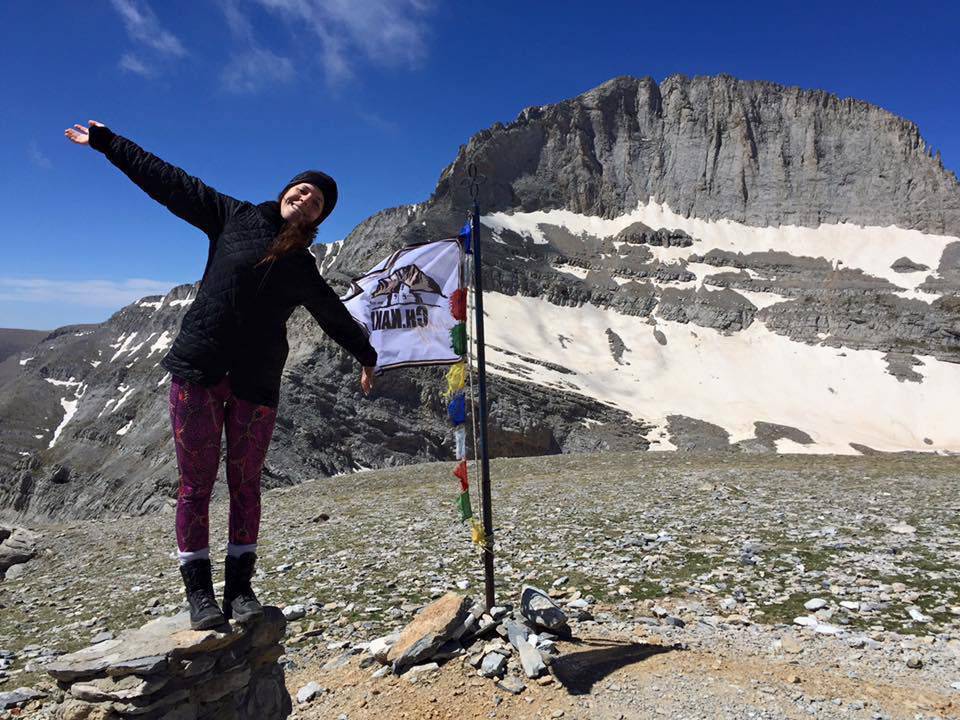
Trails crossing the mountain range offer to hikers and every visitor the opportunity to get to know the area, the flora and fauna as well as all its natural beauty. There are multiple routes that you can follow either you choose crossing or climbing Olympus. From Elassona’s district, you can start from Karya, the Vrysopoulos Shelter (or Shelter B), Xerolaki and the SEO Shelter. From Kokkinopilos, you can also follow the European mountain trail E4 to Litochoro. In the wider area of Litohoro, you should not omit the Enipeas Gorge, which starts from the area of Mylon in Litochoro and ends at Prionia, at the altitude of 1100m.
The Olympus Marathon, the mountain-running race that takes place here every June, follows on from another ancient custom. According to the story, the city of Dion was receiving thousands of pilgrims every summer, ascending till the peaks of Olympus to pay tribute to Zeus.
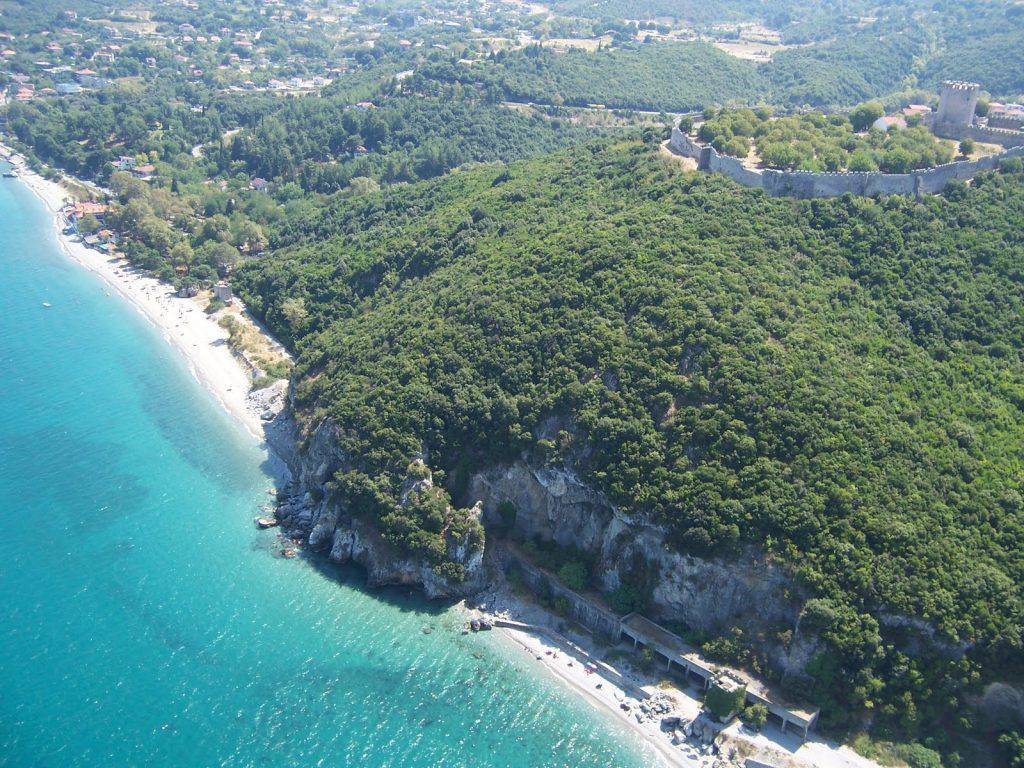
OLYMPUS RIVIERA
"Olympus Riviera" features a rich and golden sand, a deep-blue sea, a combination of coast and mountain, easy road and railroad access, tranquility and entertainment, variety in gastronomic tradition, range of sports activities and cultural events. The length of the coastline consists of 16 organized coasts, with different characteristics each, ideal for every special taste: Northern Pieria: Methoni, Ai Giannis, Makrigialos, Pydna, Aliki Kitros - Central Pieria: Corinos, Beach, Olympic Coast - South Pieria: Varico, Gricha, Plaka Litochoro, Leptokarya, Skotina Beach, Panteleimonas, Platamonas, Neoi Pori

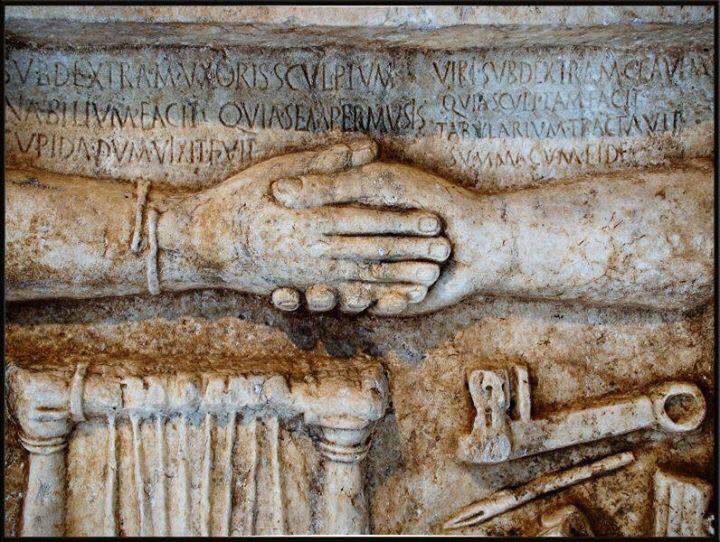
DION
Dion, the “City of Zeus”, is an archaeological site worldwide admired and also the holy city of the ancient Macedonians on the northeastern slopes of Mount Olympus. At the archaeological park one can walk among the findings and visit the adjacent museum. The city was once surrounded by a square fortification enclosure and crossed by a dense network of roads. Building blocks with residential buildings, shops and public buildings were excavated. Many years’ excavations have revealed a number of important finds: the ancient theater, a building of the 4th century BC. where every summer the Olympus festival takes place, the sanctuary of Isis, the sanctuary of Zeus, the so-called “Dionysus Mansion” with some marvelous mosaics and the Roman public baths, the sanctuary of Dimitra just outside the city walls, the monument of the Shields (Aspides) and many yet unique finds.
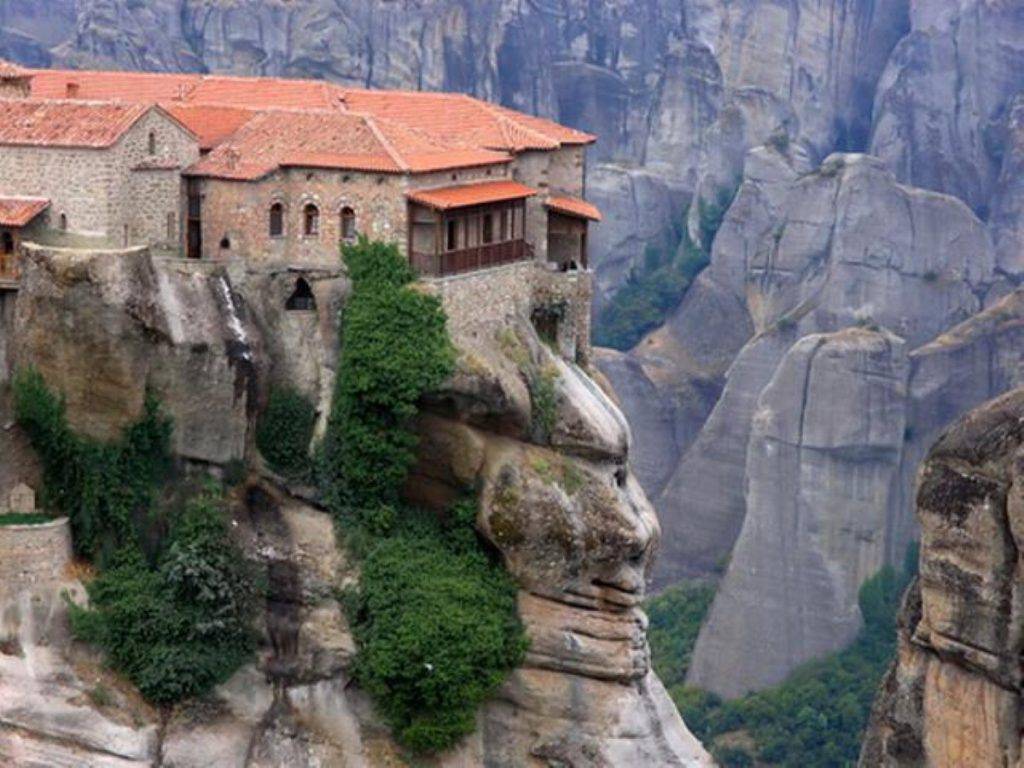
METEORA
20 kilometers far apart from Trikala, right above Kalambaka, a huge dark-colored rock-cluster rise proudly and impressively: Meteora. In the meteoric landscape, the height of the rocks reaches 400 meters. The Meteora Monasteries are built on the top of some rocks and are today the second most important monastic complex in Greece, after Mount Athos. Thirteen monasteries have been established in the 14th century and only six are now in operation. These six monasteries, all open to the crowd, are now restored and well-preserved. Since 1988, they have been included in the UNESCO World Heritage List as a particularly important cultural and natural asset.
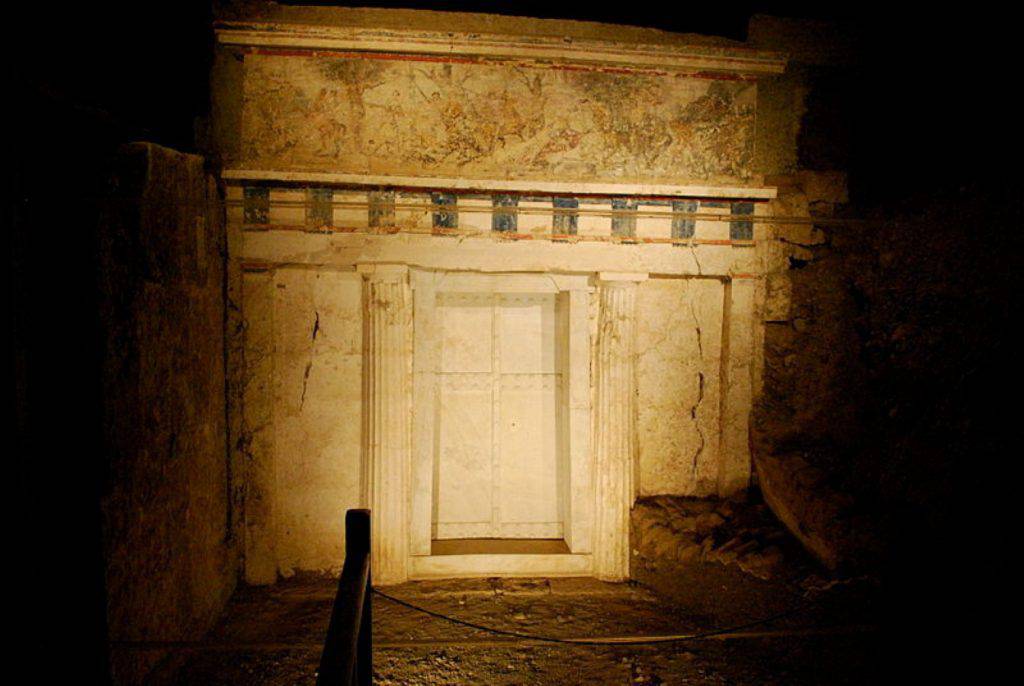
VERGINA
Vergina is stands 30km north of Elatochori. The archaeological site of Vergina is very close to Aigai, the first Macedonian city. Aiges become the cradle of the Thimenids, the dynasty that will reign for three and a half centuries in Macedonia, and will give to humanity Philip II and Alexander the Great who, starting from Aigai, changed the history of Greece and the world.
There has been formed as a museum, hosting unique value finds that are treasures of global recognition, while it is the only museum in Greece that, instead of transferring its collection to its building, transferred the building to the original archaeological site. Passing through the entrance of the museum, in a dark environment, the glow of gold and the uniqueness of the authentic colors on the walls awe the visitor and invite him to a trip to seasons of glorious conquests. The most important exhibit of the museum is the golden urn with the Macedonian star that contained the bones of King Philip II and the golden wreath the dead man wore. Apart from the royal tombs, the archaeological site of Vergina also houses the Ancient Theater, the Eukleion Sanctuary and the Palace. In 1996 UNESCO announced the inclusion of the archaeological site of Vergina in the list of World Heritage Sites.
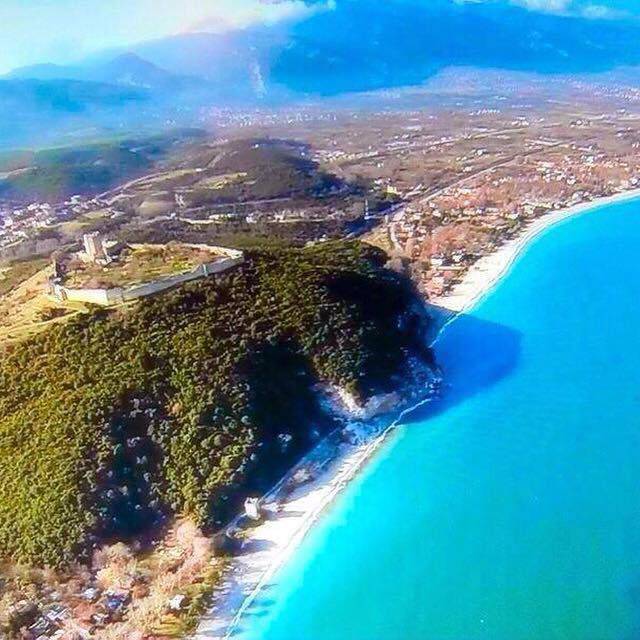
PLATAMON CASTLE
The Castle of Platamon is a town-castle of the Middle Byzantine period (10th century AD) and is built south-east of Olympus. Its Tower, which hulks above the national road, is the most impressive edge-tower in a Greek castle. The castle is strategically positioned to control the crossing of Tempi valley and the Macedonia - Thessaly - South Greece road.
Opposite the castle looms the traditional settlement of Palaios Panteleimonas, one of the best examples of traditional Macedonian architecture in northern Greece. At an altitude of 440 meters one can gaze at the Castle with the compelling crystal-blue background of Olympic Riviera.